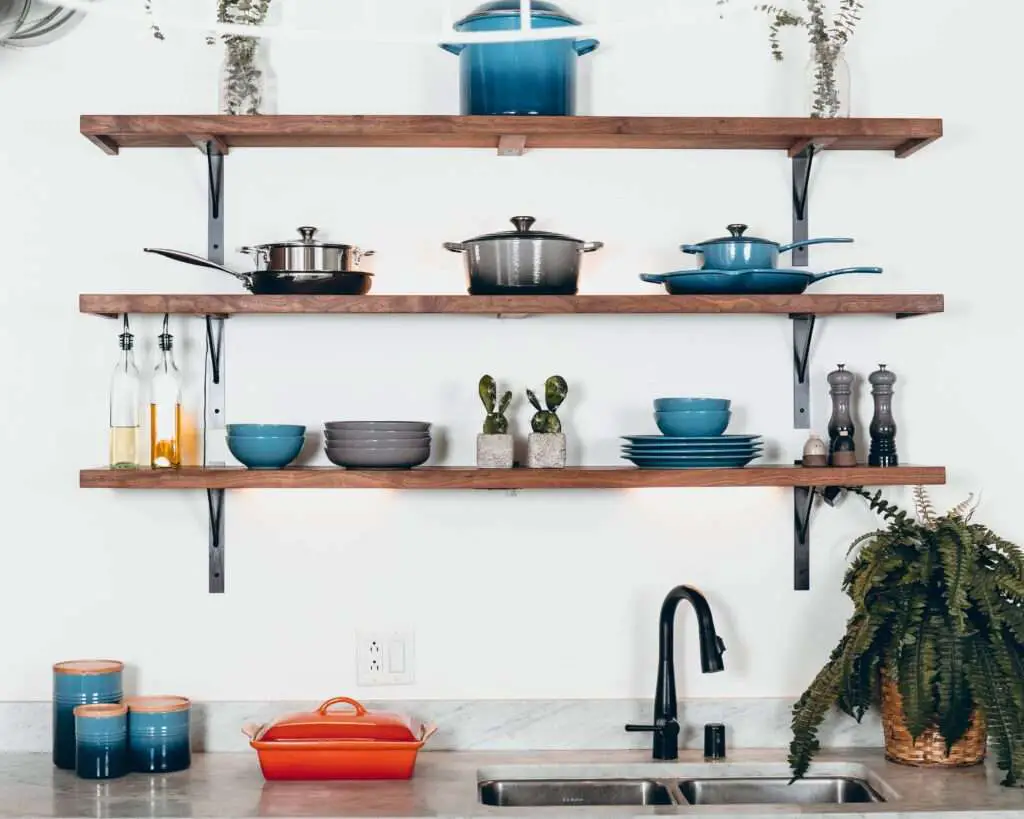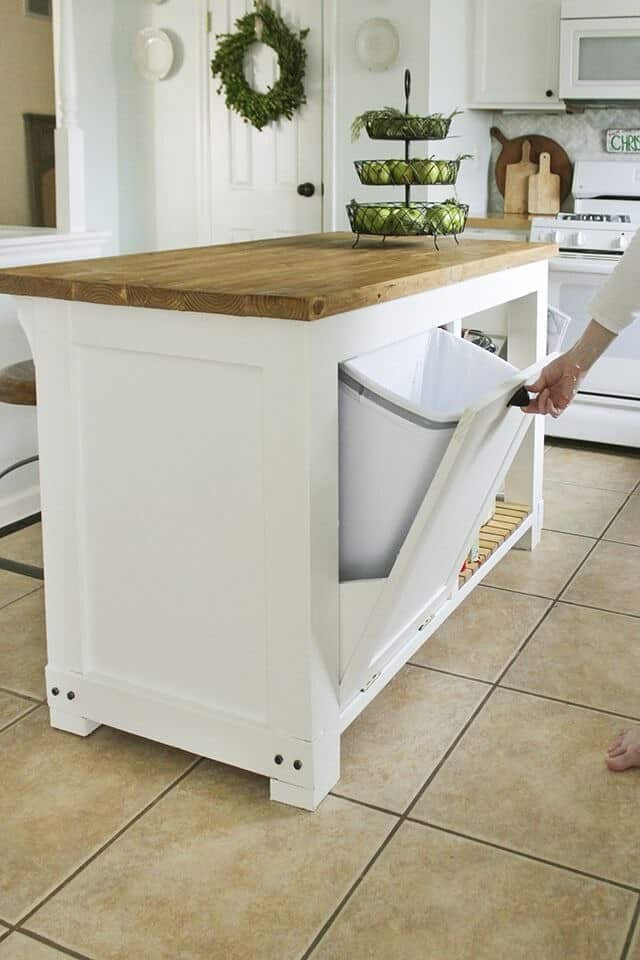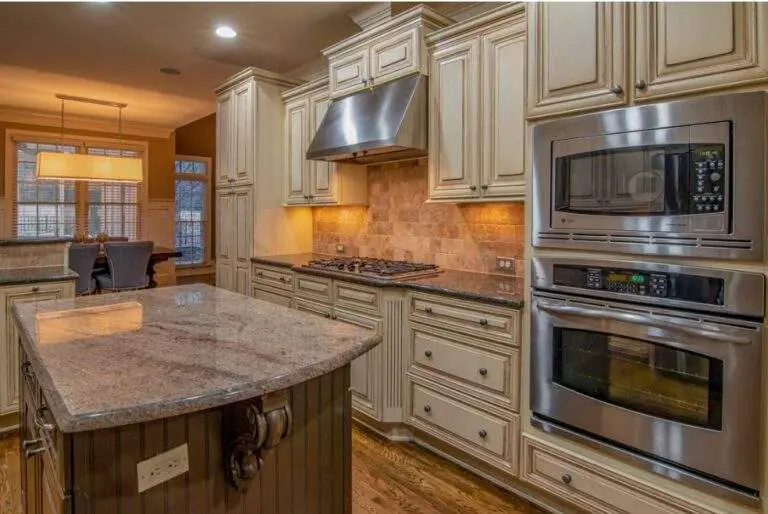How to make a mini kitchen in your room?
Introduction: How to make a mini kitchen in your room
When it comes to cooking, having a dedicated space in your room to prepare meals can be a game-changer. Whether you’re a college student, a busy professional, or simply someone who enjoys experimenting with flavors, setting up a mini kitchen in your room allows you to have the convenience of cooking without leaving the comfort of your space. In this comprehensive guide, we will walk you through the step-by-step process of creating a mini kitchen tailored to your needs and preferences.
I. Planning and Designing Your Mini Kitchen
A. Assessing Available Space
Before diving into the exciting process of designing your mini kitchen, it’s essential to assess the available space in your room. Start by measuring the area to determine the size and layout that will work best for you. Consider the existing furniture and fixtures in your room and plan accordingly to ensure optimal use of space. Take into account the traffic flow to create a layout that allows convenient accessibility while cooking.
B. Choosing Essential Appliances and Equipment
When it comes to a mini kitchen, choosing the right appliances is crucial. Identify space-saving options such as compact refrigerators, microwave ovens, and induction cooktops. Consider your cooking needs and select appliances accordingly. Evaluate energy efficiency and maintenance requirements to ensure that your mini kitchen is both eco-friendly and easy to maintain.
C. Optimizing Storage Solutions
Efficient storage solutions are vital in a mini kitchen. Utilize vertical space by installing wall-mounted shelves and racks to store spices, cookware, and kitchen utensils. Organize cabinets and drawers efficiently to maximize storage space. Additionally, consider incorporating multi-functional furniture such as a kitchen island with built-in storage or a foldable dining table that can also serve as a food prep area.
D. Customizing Your Mini Kitchen’s Aesthetic

Make your mini kitchen a reflection of your personal style by selecting an appropriate color scheme that complements your room decor. Add personal touches such as artwork or decorations that bring joy to your cooking space. Enhance lighting by incorporating task lighting for the cooking area and ambient lighting for a cozy atmosphere. Ensure proper ventilation to keep your mini kitchen fresh and comfortable.
II. Implementing Practical Installation and Setup
A. Ensuring Safety Measures
Safety should be a priority when setting up your mini kitchen. Adhere to electrical regulations by consulting a professional electrician to ensure proper wiring and outlets. Install smoke detectors and fire extinguishers in case of emergencies. Proper ventilation is essential to prevent odors and steam accumulation. Consider installing a ventilation hood or window fan to maintain a fresh and odor-free environment.
B. Plumbing Considerations
Depending on the complexity of your mini kitchen design, you may need to evaluate water source and drainage options. If available, utilize existing plumbing lines for convenience. Install a sink and faucet system that suits your needs, whether it’s for washing dishes or preparing food. Portable dishwashing and recycling solutions, such as compact countertop dishwashers or recycling bins, can be explored for added convenience.
C. Smart Organization and Workflow
To maximize the efficiency of your mini kitchen, arrange appliances and workstations strategically. Establish zones for different tasks, such as food preparation, cooking, and cleanup, to streamline your workflow. Maintain hygiene by implementing thorough cleaning and sanitization practices to ensure a safe and healthy cooking environment.
III. Building a Functional Pantry and Supplies Management
A. Choosing Pantry Essentials
Stock your mini kitchen pantry with basic cooking staples such as dry goods and spices that will allow you to whip up delicious meals at any time. Consider incorporating non-perishable foods that have a long shelf life, like canned goods or dried fruits. Optimize fresh produce storage by using proper storage containers and maximizing shelf life through proper organization and rotation.
B. Proper Food Handling and Preservation
When working with limited space, it becomes even more crucial to handle and preserve food properly. Understand correct refrigeration techniques and temperature control to keep your perishables fresh and safe to consume. Follow safe food handling practices to minimize the risk of contamination. Embrace practical ideas for reducing food waste, such as meal planning and utilizing leftovers creatively.
C. Essential Cookware and Utensils

Selecting the right cookware and utensils is essential for efficient and enjoyable cooking. Determine your cooking techniques and invest in pots, pans, and ovenware that suit your needs. Essential utensils for food preparation and serving, such as knives, cutting boards, and measuring spoons, should also be considered. Ensure proper cleaning and maintenance of your cookware to prolong its lifespan.
IV. Summary and Frequently Asked Questions
A. Recap of Key Points
Setting up a mini kitchen in your room is an exciting venture that offers convenience and personalization in your cooking space. By following the guidelines provided in this comprehensive guide, you can create a functional and aesthetically pleasing mini kitchen tailored to your needs and preferences.
B. Addressing Common Concerns and Queries
- Is it possible to create a mini kitchen in any room?
Absolutely! With careful planning and design considerations, a mini kitchen can be created in any room, regardless of its size or layout. It’s all about maximizing available space and selecting the right appliances and storage solutions.
- How can I manage ventilation without major renovations?
While major renovations may not be feasible in every situation, there are several options for managing ventilation in a mini kitchen. Installing a ventilation hood or window fan can help circulate air and minimize odors. Additionally, opening windows and using portable air purifiers can also improve air quality.
- What are some budget-friendly options for building a mini kitchen?
Building a mini kitchen doesn’t have to break the bank. Consider purchasing second-hand appliances or searching for deals and discounts. Utilize affordable storage solutions such as shelving from discount stores or repurposed furniture. DIY projects can also be a cost-effective way to customize your mini kitchen.
conclusion
This comprehensive article has provided a detailed guide on creating a mini kitchen in your room. By following the outlined steps and considering important factors such as space assessment, appliance selection, storage optimization, and safety measures, individuals can enjoy the convenience and joy of cooking in a personalized and efficient space. The FAQs address common concerns and provide further insight to ensure a successful mini kitchen setup.
Now, it’s time to unleash your creativity and transform your room into a culinary haven!










5 Comments